The Arctic Research Program
The Arctic Research Program (ARP) sponsors sustained ocean observations, modeling, and marine ecosystem studies to characterize the Alaska and Arctic regions and the impacts of ongoing climate change in this region. Our research focuses predominantly in the northern Bering, Chukchi, and Beaufort Seas. In addition to sponsoring research, our team serves in leadership and coordination roles to address concerns and needs across the Arctic Circle. We seek to provide observations, climate information, and decision-making tools to researchers, forecasters, and other users to inform and promote community resiliency.
A changing Arctic is a national priority.
The Arctic is warming up to 4x faster than the rest of the planet. Increasing air and ocean temperatures, thawing permafrost, loss of sea ice, and shifts in ecosystems are evidence of widespread and dramatic ongoing change.
Changes happening in the Arctic impact the Earth’s climate and the way ecosystems function around the globe. As a result of a changing Arctic, critical environmental, economic, and national security issues are emerging, many of which have significant impacts on human lives, livelihoods, and coastal communities.
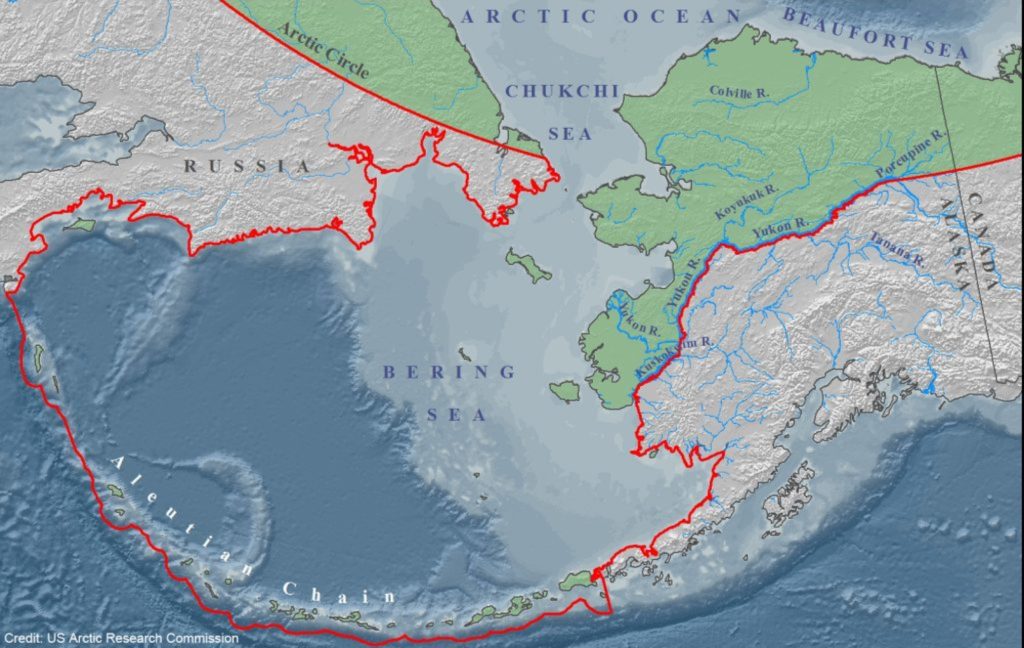
Engaging, Coordinating, and Leading
The Arctic region is a complex system involving the atmosphere, ocean, ice, and land across international boundaries. Partnerships are essential for gathering observations, engaging and collaborating with Local and Indigenous Peoples, and integrating data into useful services and effective management decisions.
The Arctic Research Program partners with several NOAA laboratories including the Earth System Research Laboratories, the Great Lakes Environmental Research Laboratory, the Pacific Marine Environmental Laboratory, and the Geophysical Fluid Dynamics Laboratory. We also strive to develop partnerships across agencies and with national and international institutions to facilitate the development of a comprehensive Arctic Observing Network.
We provide coordination and leadership with the Interagency Arctic Research Policy Committee (IARPC), US Arctic Observing Network (US AON), the Global Ocean Observing System (GOOS), NOAA’s Arctic Action Team and Executive Committee, in addition to others.

Understanding climate change impacts requires long-term observations.
Long-term observations and data provide the foundational knowledge for understanding how climate change is affecting the Arctic. These observations allow us to detect changes and document the speed of these changes. The addition of new observations helps to fill large spatial and temporal data gaps in order to improve our ability to provide robust services in Alaska and beyond and make informed management decisions.
Arctic observing technologies & platforms
ARP aims to expand and maintain a suite of climate observing networks (ocean, sea ice, and atmosphere) in the Arctic. We fund the deployment of instruments such as moorings and buoys, robotic vehicles such as gliders, and autonomous surface vehicles to collect data across the vast Arctic. We support innovative technology development like the prawler mooring system, the RISE buoy, and Arctic Argo.
Research cruises to the Arctic and surrounding seas are another important way for our funded scientists to collect samples of water, plankton, fish and other animals, and bottom sediments, which are all important for studying ecosystem changes.
Combining these data with the observations and knowledge systems of Local and Indigenous communities provides vital insights into understanding and building resiliency to ongoing change.
Cumulatively, these observations support the interagency U.S. Arctic Observing Network and the international Sustained Arctic Observing Network.
Ecosystem monitoring
Through collaboration with NOAA Fisheries, ARP supports the Ecosystems and Fisheries Oceanography Coordinated Investigations (EcoFOCI) Program, which has collected data in Alaska and Arctic waters for 20+ years. In addition to documenting changes to sea-ice formation, EcoFOCI data directly influence decision-making by the North Pacific Fishery Management Council.
ARP also supports the Distributed Biological Observatory (DBO), an international effort spanning six countries, including Canada, China, Japan, the Republic of Korea, Russia, the United States, and many agencies within those countries. DBO sampling focuses on areas of high productivity, biodiversity, and rates of biological changes to understand how the biological communities of the Arctic are changing.
Sea-Ice
ARP co-funds the US portion of the International Arctic Buoy Programme, a joint effort between multiple international agencies to deploy and maintain Arctic buoys in the Pacific Arctic region for the purpose of collecting oceanic and meteorological data. These buoys provide data that are used for weather predictions and ice charting in the Arctic Ocean.
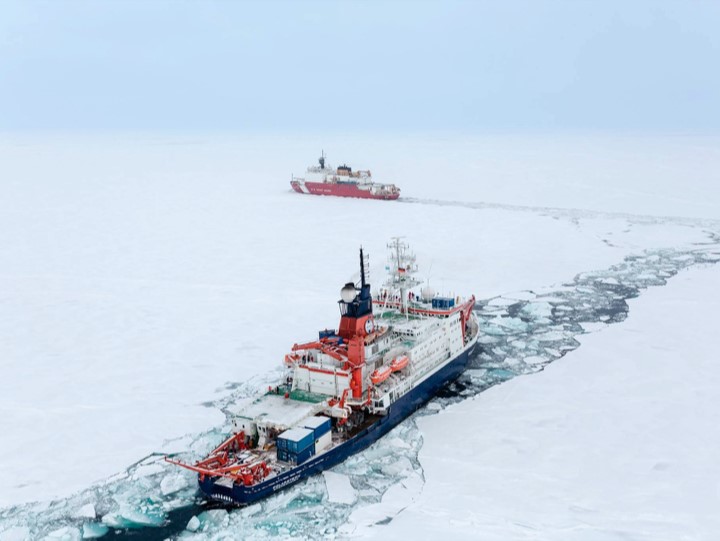
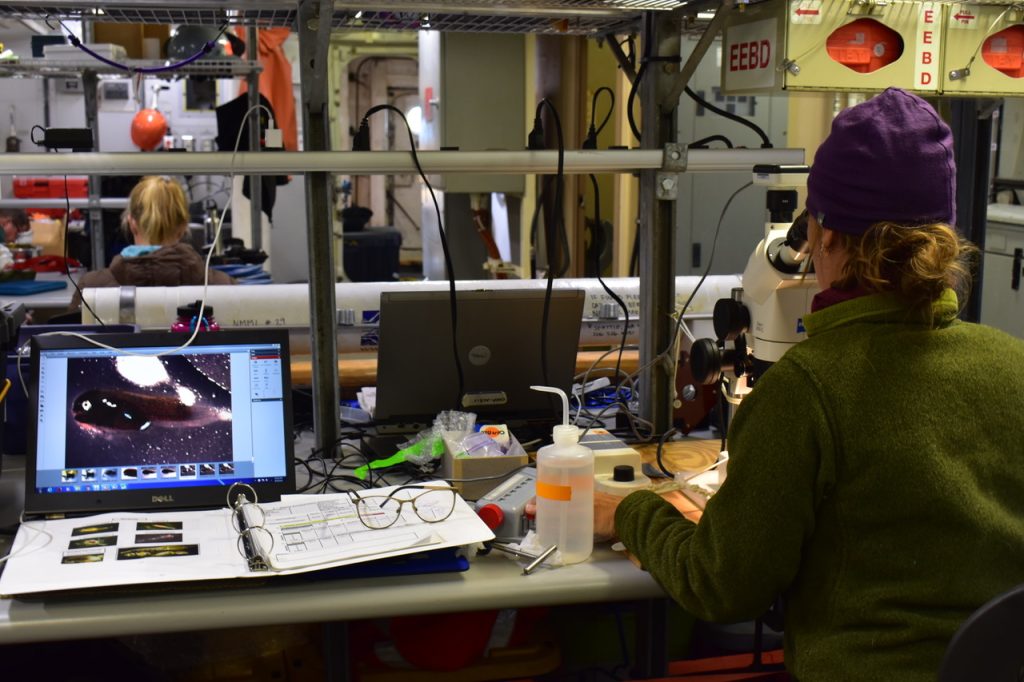
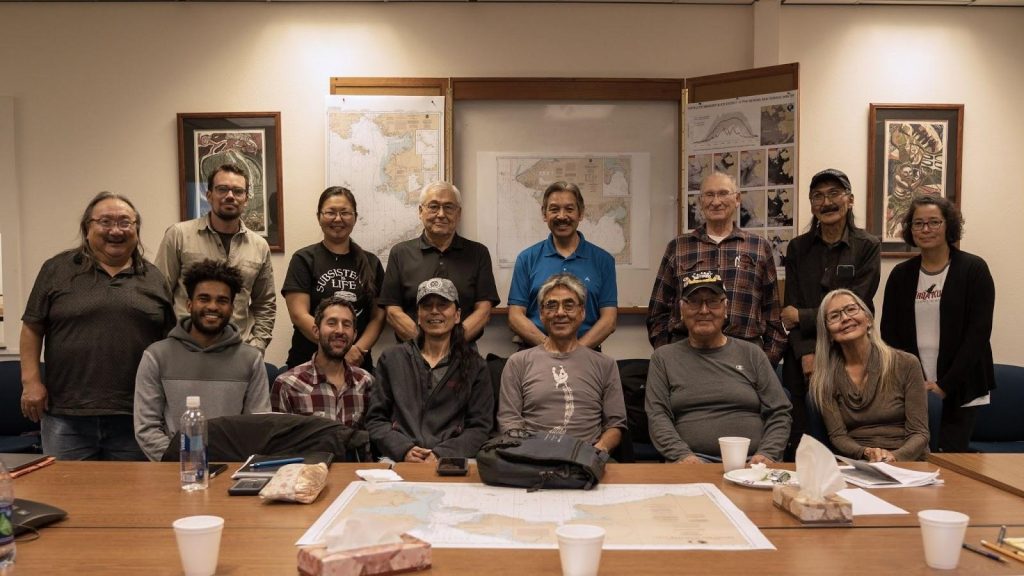
Transparent and accessible data standards advance research and amplify societal benefits.
The Arctic Research Program is committed to fostering greater access and collaboration in Arctic scientific research, following FAIR (Findable, Accessible, Interoperable, and Reusable) Principles. By fostering a collaborative and open research environment, the Arctic Research Program aims to enhance our collective understanding of the Arctic and its pivotal role in our global ecosystem.
The project-specific landing pages provide a comprehensive gateway to a wide range of ARP-funded datasets, tools, and publications. Learn about ongoing and completed projects, grant recipients, and contact information of our thriving research community. Access these landing pages below. For further information or assistance accessing these datasets, please contact (cynthia.garcia@noaa.gov).
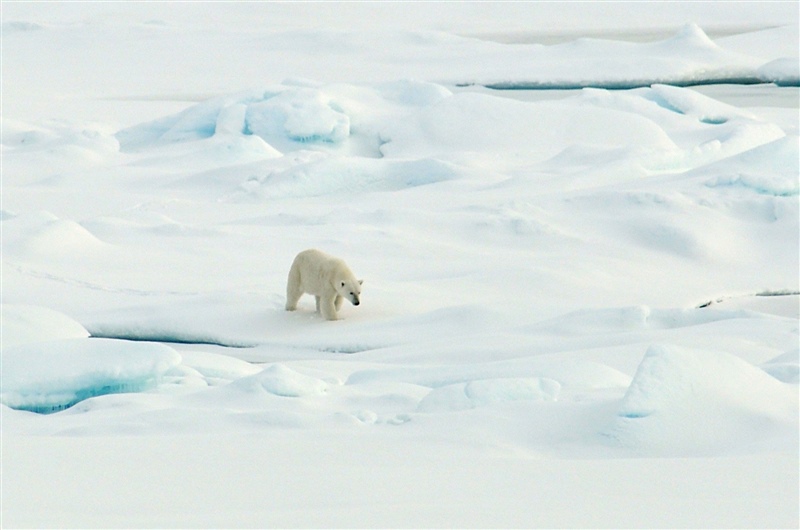
Model development enhances knowledge and decision-making.
Modeling efforts enable forecasts and predictions on different time scales (e.g. days, weeks, months, years, decades) that help scientists understand and predict changes in the ecosystem. We support the development of products, forecasts, and services that advance science and inform the public and decision-makers.
We support models that help improve the understanding of ocean heat and freshwater and their sources and pathways into and out of the Arctic region. These models provide insight into how Arctic warming will impact global ocean circulation and the stability of the global climate system.
In particular, we are supporting the Coupled Arctic Forecast System (CAFS) and the GLERL-CIGLR Arctic Sea Routes Nowcast/Forecast System (GCAS) that aims to improve ice and snow forecasts, which are critical to coastal communities, shipping, and safe navigation. We also support modeling to understand the how changes in polar climates impacts mid-latitude weather patterns in the continental US.
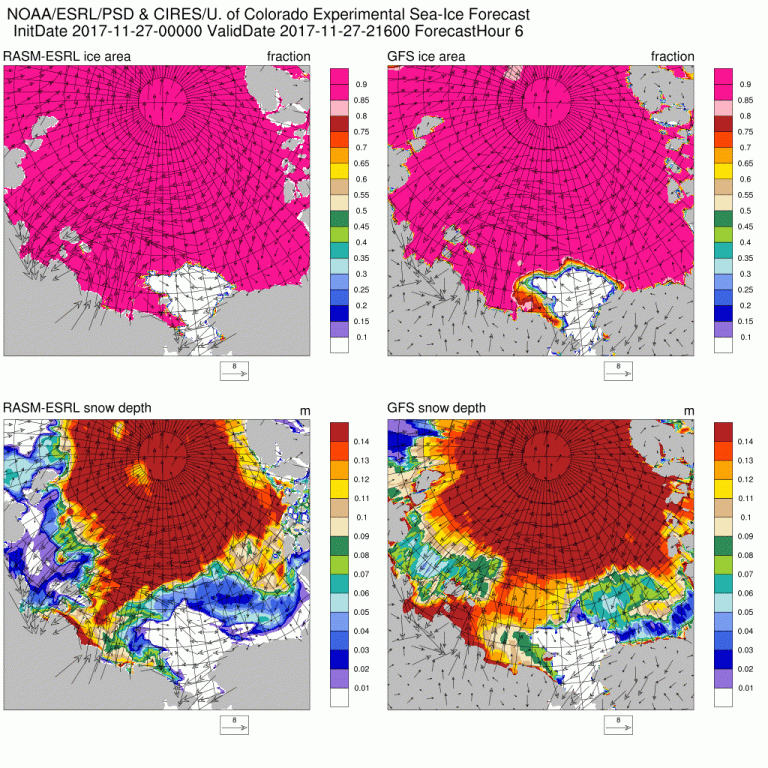
The Arctic Report Card bridges scientific and public audiences.
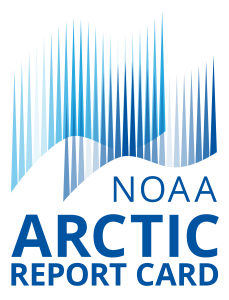
One impactful scientific and communication product the Arctic Research Program coordinates is the annual creation of the Arctic Report Card. Since 2006, the Arctic Report Card has provided a peer-reviewed chapters series characterizing the current state of the Arctic. The Arctic Report Card release in 2022 was covered by 870 media outlets across 10 countries with an estimated publicity value of $35.8M.
The Report Card is intended for a wide audience, including scientists, teachers, decision-makers, and the general public. Multiple products are developed each year through ARP coordination including the Report Card and complementary videos, press releases, webpages, graphics, articles, and Congressional briefing materials.